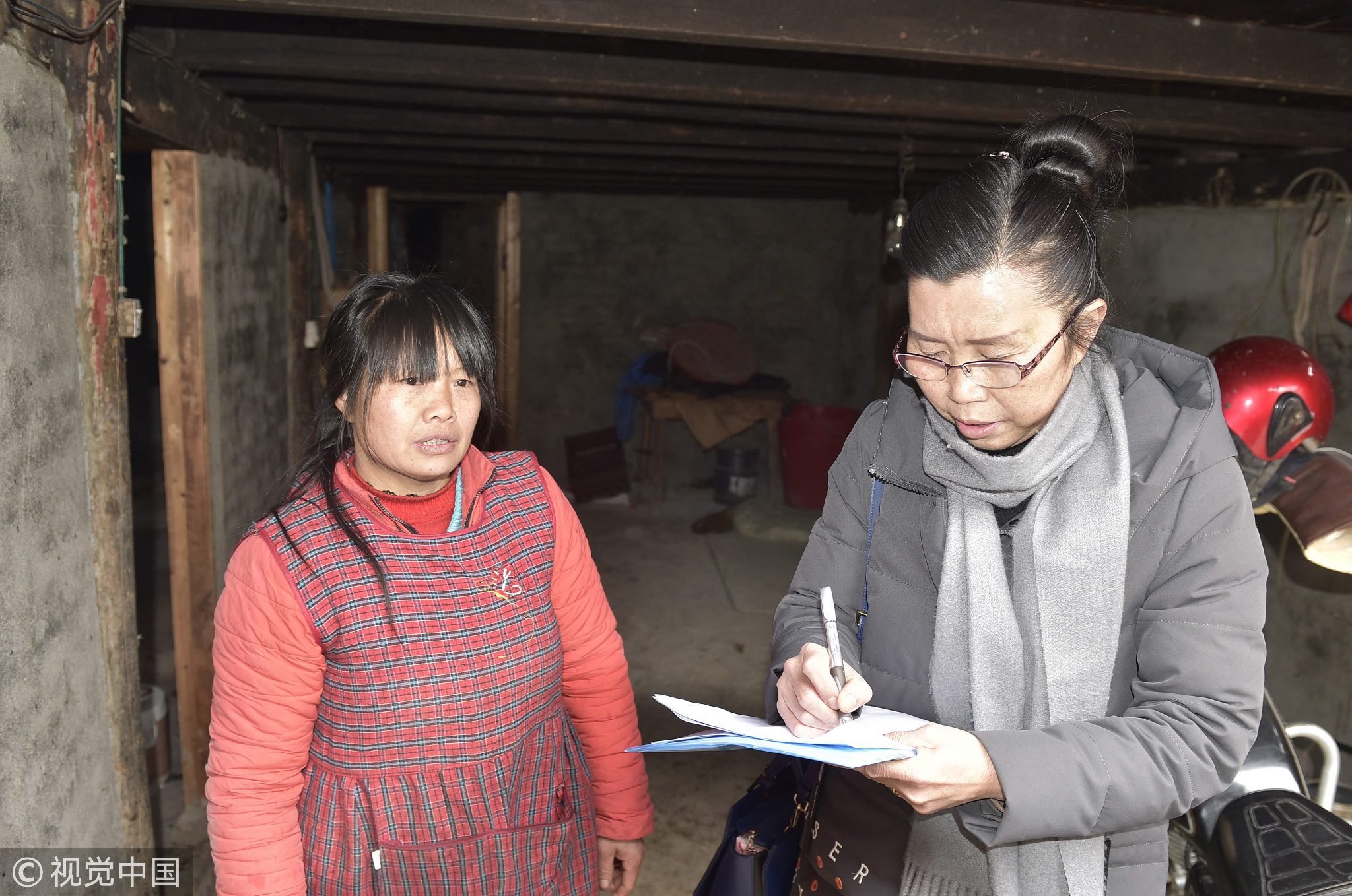
Opinions
22:11, 15-Mar-2018
Opinion: Changing China's poverty alleviation strategy to an integrated approach
Guest commentary by Shen Yiyang

In the past five years, China has implemented various policies and measures to reduce the number of poor people in the country. Besides road infrastructure, safe drinking water, power supply and communications in impoverished rural areas, China has innovated the so-called “targeted poverty alleviation strategy” and has taken a series of effective measures that have lifted 68.53 million people out of poverty.
This number is equivalent to an annual reduction of at least 13 million, based on the “poverty line” of per capita annual income set by the government. The strategy is aimed at using the limited poverty alleviation resources with precision to get the desired effect.
Despite great progress, there are around 30 million Chinese people still living below the national poverty line, most of whom living in rural or remote areas of the country. Moreover, based on living costs and CPI, the fixed “poverty line” does not cover enough of the needs of the “impoverished population” for the next five years.

March 13, 2018: Liu Yongfu, director of the State Council Office for Poverty Alleviation in Beijing, answers questions from reporters with regards to "targeted poverty alleviation." /VCG Photo
March 13, 2018: Liu Yongfu, director of the State Council Office for Poverty Alleviation in Beijing, answers questions from reporters with regards to "targeted poverty alleviation." /VCG Photo
As the "war on poverty" reaches its last battle, while China's overall growth target cannot be achieved without the inclusive growth of rural areas, China aims to eliminate absolute poverty by 2020. The ongoing "Two Sessions" (National People's Congress and National Committee of the Chinese People's Political Consultative Conference) seems to be bringing more resources, reforms and even more integrated approaches for the strategy of poverty alleviation.
Besides a stronger social security system that will address the welfare of those in rural and remote regions, the new Ministry of Agriculture and Rural Affairs could bring opportunities to the rural revitalization strategy, which is related to agriculture, rural areas, and rural people. People's livelihood, education, employment, health care, and social security should be improved with new policies and budgets in the next five years. The new arrangements will also encourage new types of agribusiness, and small household farmers to become more involved in modern agriculture.

February 4, 2018: Jiang Shengtao (R), Party secretary of the branch of Xinhua Primary School, Jinping County, Guizhou Province, and other Party members and cadres learned about the use of targeted poverty alleviation funds for poverty-stricken families in dilapidated houses and student subsidies. /VCG Photo
February 4, 2018: Jiang Shengtao (R), Party secretary of the branch of Xinhua Primary School, Jinping County, Guizhou Province, and other Party members and cadres learned about the use of targeted poverty alleviation funds for poverty-stricken families in dilapidated houses and student subsidies. /VCG Photo
In addition, education used to be a critical barrier to sustainable growth in remote and rural regions. In some remote areas in the western regions, less than 10 percent of junior high school students continue their study after 15 years of age and go on to high school. As a result, their chances of entering university will be slim.
During the "Two Sessions," China released a new policy to provide 12 years of education to every citizen. This new policy, if fully applied, will improve the quality of the country’s entire workforce, and ensure the growth in those “poor regions,” for more inclusive development in the next few decades.
(The author is Shen Yiyang, senior consultant of Asian Development Bank. The article reflects the author's opinion, and not necessarily the views of CGTN.)

SITEMAP
Copyright © 2018 CGTN. Beijing ICP prepared NO.16065310-3
Copyright © 2018 CGTN. Beijing ICP prepared NO.16065310-3